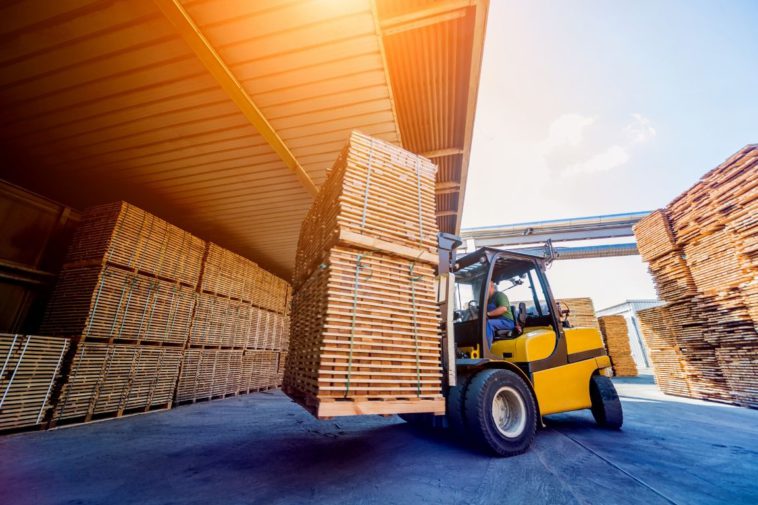
For businesses requiring heavy loads to be carried long distances at varying terrains, forklifts are critical to improve efficiency and productivity. However, not all forklift trucks are created equal. For example, some are designed to transport items on elevated or uneven ground, while others are ideal for stacking objects and maneuvering in tight spaces.
To help you choose the right forklift for your business, Wholesale Industrial Parts, a US-based company that supplies high-quality forklift parts and other industrial accessories, shares this simple list of tips.
- What is forklift capacity?
- How to calculate forklift capacity?
- What are the other factors when choosing a forklift?
- The most common mistakes you need to avoid when selecting a forklift.
What is forklift capacity?
Also known as load or rated capacity, it refers to the maximum weight a forklift can carry safely and efficiently. Typically, it ranges between 3,000 and 70,000 lbs., depending on the forklift’s attachments, load center, lifting height, center of gravity, etc.
You can check the load capacity of your forklift by looking at its data plate that comes with a capacity chart, which you need to follow to avoid the risk of spilled loads, tip-overs, loss of control, and forklift damage.
How to calculate forklift capacity?
To calculate the maximum load capacity of your forklift, the general rule of thumb is to multiply its weight rating by the center load distance, which is stated on the machine’s data plate. For example, if your truck weighs 3,800 lbs. and has a 23-inch load center, its load capacity would be 87,400-inch lbs.
Meanwhile, adding attachments to your forklift reduces its lifting capacity because of their additional weight and the shift and changes of the truck’s load center forward. As a result, the forklift’s tip-over threshold also decreases.
Related articles: Ten Types of Forklift Trucks | Forklift Parts that Often Need Replacement
What are the other factors when choosing a forklift?
Now that you know the forklift capacity and the importance of “respecting” its limit, you must also learn about other factors when choosing a truck for your business.
- Average load weight
- Aisle space
- Load living height
- Frequency of usage
- Indoor vs. outdoor use
- Terrain (even vs. elevated/uneven ground)
- Brand
- Budget
- The kind of lifting power required by your business
Most common mistakes you need to avoid when selecting a forklift
One of the most common mistakes when buying a forklift is skimping on the quality. While it’s tempting to buy the cheapest brand on the market that meets your average capacity requirements, remember that poor-quality trucks are way more expensive than decently-priced quality forklifts in the long run.
Other common mistakes companies make when selecting a forklift.
- Not choosing a brand known for its quality forklifts and industrial vehicles.
- Not buying from a reputable dealer that provides general and emergency maintenance.
- Not considering a maintenance plan. Make sure you have a maintenance plan to reduce downtime and keep your operators safe and efficient. It also makes sense to partner with a reliable supplier of high-quality forklift parts like Wholesale Industrial Parts.
If you need forklift parts and other industrial accessories like tires, load wheels, batteries, lights, pallet jacks, hand trucks, etc., visit Wholesale Industrial Parts‘ online shop or call them at (844) 588-8455.
Related articles: Ten Types of Forklift Trucks | Forklift Parts that Often Need Replacement
Wholesale Industrial Parts carries thousands of forklift parts and industrial accessories, including hard-to-find ones. If you can’t find what you need in our online shop, contact us so we can help you locate the parts you need for your truck.
